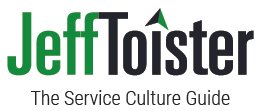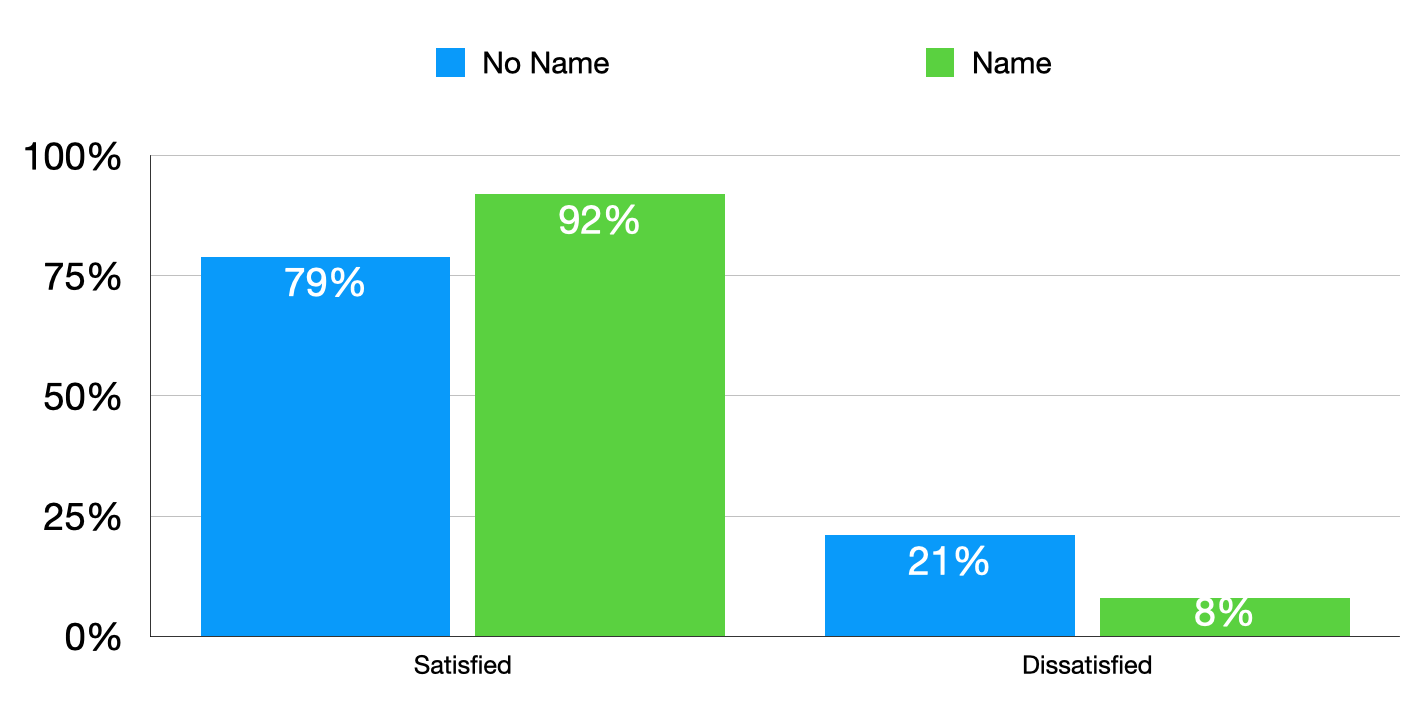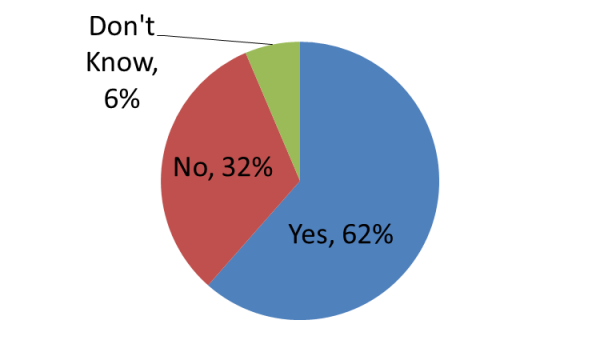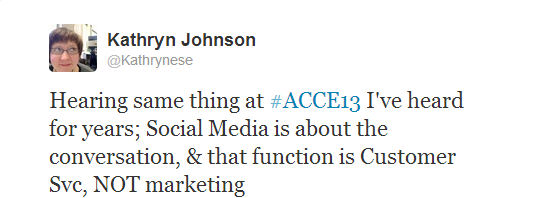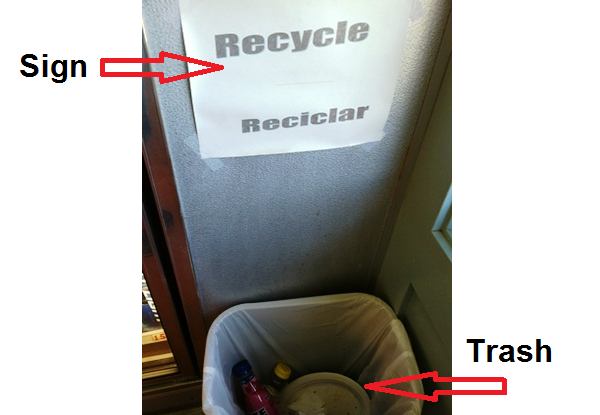Does rapport really matter in customer service?
I’m not talking about fake, going through the motions rapport. A wooden greeting at a retail store doesn’t quality. Neither does a robotic contact center agent reading scripted pleasantries.
I’m talking about genuine, “Hey, I like this person,” rapport.
There’s an objective way to find out. By combing through customer service surveys and online reviews, I was able to find proof that rapport influences customer’s perception in a positive way.
What is rapport in customer service?
The first challenge was defining rapport.
According to Merriam-Webster’s online dictionary, rapport is a “relation marked by harmony, conformity, accord, or affinity.” In a customer service context, this involves connecting with customers in a way that causes them to see you as a real, likeable person.
Terms like rapport can be a bit squishy, making it hard to observe, quantify, and even train. One way to operationalize the definition of rapport is to count how often people mention someone by name in the comments section of your customer service survey.
I put that theory to the test.
Rapport improves customer perceptions
I started noticing a very specific trend around names while helping a client analyze their customer satisfaction data. Their survey had an overall satisfaction question where customers were asked to rate their service on a three-point scale:
Below Expectations
At Expectations
Above Expectations
A definite pattern emerged when I separated the comments section by rating.
Individual employees were mentioned by name much more frequently when customers gave their service an “Above Expectations” score. Here’s the distribution for one of the groups I worked with:
A much higher percentage of positive reviews mentioned an employee by name.
Another trend stood out. When customers mentioned an employee by name in a negative review, the employee was often mentioned as a lone bright spot in an otherwise bleak encounter.
“Denise is always so nice and helpful,” said one negative review. The customer’s gripes were about wait times and procedures, yet they still appreciated Denise’s efforts to make things better.
Just for fun, I looked for other places to see if ratings were affected by whether customer’s knew employees by name.
The Yelp reviews for my favorite Italian restaurant, Antica Trattoria, showed a similar trend. Their overall rating is 4.0 stars with slightly more than half the reviews giving 5 stars.
However, you’ll see a familiar pattern if you look at the reviews that mentioned an Antica Trattoria employee by name:
My friends at Zendesk, a leading customer service software provider, provided analyzed nearly 2,000 customer surveys to see if this trend held true for other companies. It did!
Look at the difference when a survey mentions an employee by name in the comments, versus surveys that do not.
Barriers to Rapport
If rapport is highly correlated to outstanding service, why doesn’t it happen more often? One explanation might be that customer service professionals face a number of barriers that can make rapport-building difficult.
Speed. It’s hard to build rapport when employees are in a hurry.
Skill. Many people simply don’t know how to build rapport with customers.
Sales. It’s really hard to like an overly aggressive salesperson.
Task-focus. Rapport takes a hit when tasks are prioritized over service.
Customers. Some customers are jerks and resist rapport.
There’s also a concept called emotional labor. It takes effort to be nice to people. For some customer service reps, this is exhausting.
How to Build Rapport
You’ll have to remove these barriers if you want your employees to build more rapport with customers. Here are three simple steps to help your employees become rapport-building champions.
Step 1: Look at the Data
Review your customer satsifaction data to see how rapport might be impacting service quality. Do you see evidence of greater rapport in your top box survey scores? Are some employees consistently mentioned in customer service surveys while others are not?
Step 2: Observe
You can learn a lot by assessing the current situation before doing any tinkering. Watch your employees serve customers. Can you observe any of the barriers to rapport mentioned above?
Step 3: Engage the Team
Share your observations with your employees and ask them to help you find solutions. You might be surprised at how many good ideas your team can come up with. You’ll also notice they are more like to implement ideas that are their own.
In many cases, employees just need a little bit of training to help become more adept at building rapport. One of my favorite exercises is called the five question technique.
This short video from my Customer Service Foundations course on LinkedIn Learning explains how the technique works:
